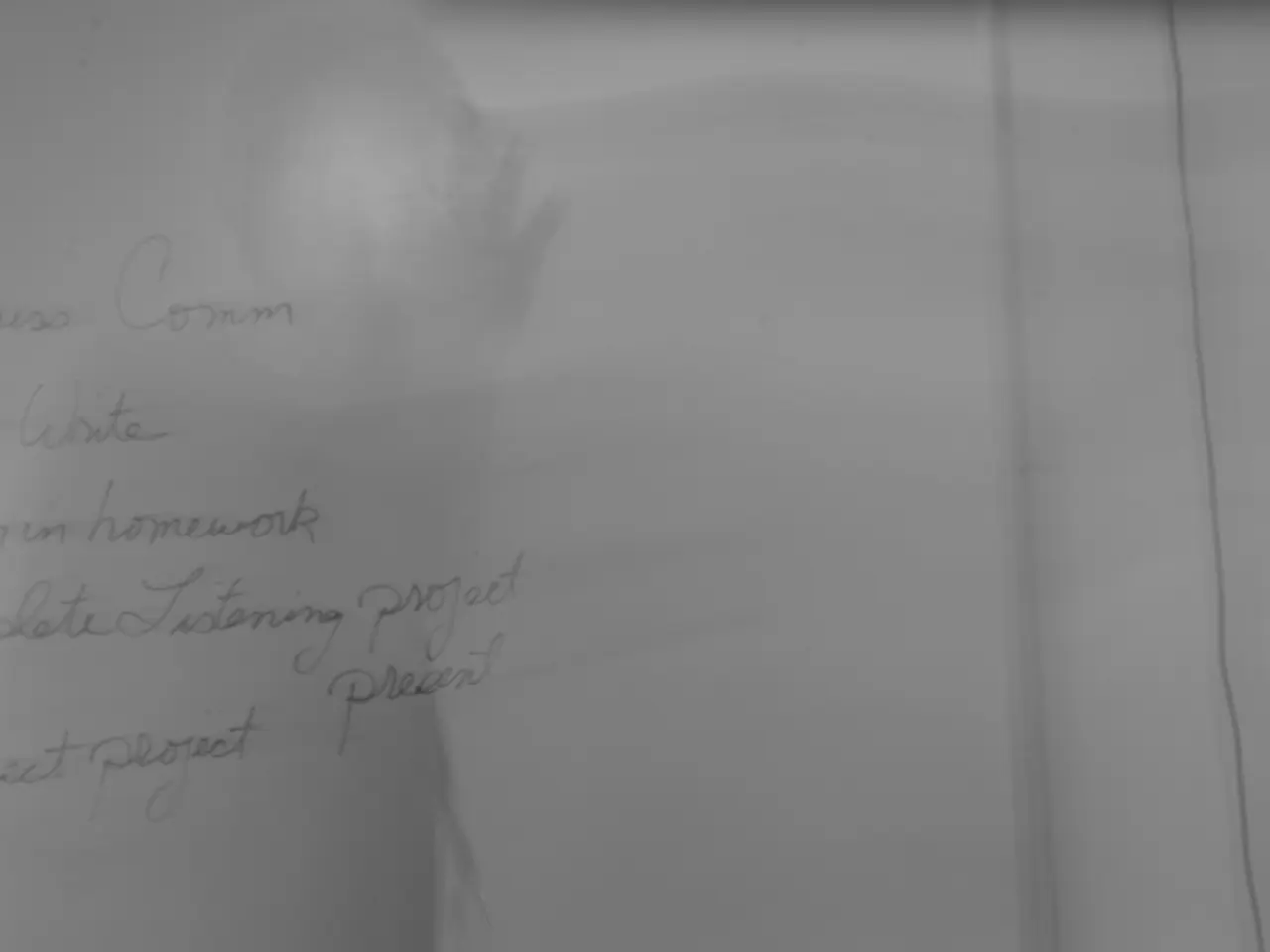Human Existence's Endurance and the Importance of Anchoring Bias
Anchoring bias, a pervasive cognitive bias, can significantly impact our decision-making process, affecting various aspects of our lives, from economic and legal decisions to consumer behavior and social interactions. This bias, which relies heavily on the first piece of information encountered when making decisions, can lead to suboptimal choices and poor outcomes.
Impact on Human Survival
In critical survival situations, anchoring bias can be detrimental. It can cause individuals to fixate on the first piece of information (the "anchor") and ignore later, potentially more relevant or accurate information. For instance, in emergency situations, an initial incorrect diagnosis or assumption might misguide response efforts, leading to harmful consequences.
In economic survival contexts, anchoring may cause individuals to make suboptimal financial choices, such as overpaying or underestimating risks, which can affect resource allocation critical to survival or well-being. In legal contexts, anchoring can influence judgments of fairness, sentencing, or settlements if initial figures or claims disproportionately affect outcomes despite additional evidence.
For consumer decisions, anchoring affects buying behavior by making individuals perceive prices or values relative to an initial anchor, potentially leading to poor financial decisions, reduced resource availability, or exploitation by marketers. In social contexts, anchoring may distort interpersonal judgments or social negotiations, which could impact cooperation, trust, and conflict resolution—key factors for social survival and cohesion.
Strategies to Mitigate Anchoring Bias
Fortunately, there are strategies to mitigate anchoring bias in decision-making:
- Awareness and Education: Simply being aware of anchoring as a pervasive cognitive bias helps individuals consciously question initial information and seek additional data before making decisions.
- Deliberate Adjustment: Training people to deliberately adjust away from initial anchors by actively considering alternatives and re-evaluating evidence can reduce the undue influence of first impressions.
- Use of Decision Aids and Algorithms: Employing structured decision-making frameworks, checklists, or algorithms that rely on comprehensive data rather than first impressions can minimize bias effects, especially in economic and legal domains.
- Encouraging Multiple Perspectives: In legal and social contexts, gathering opinions from multiple independent sources or jurors can dilute individual anchoring effects and lead to more balanced decisions.
- Debiasing Techniques: Techniques such as "considering the opposite" (actively thinking why the anchor might be wrong) or delaying decision-making to allow more reflection can help override automatic anchoring responses.
- Market and Consumer Protections: Regulations requiring clear information and transparent pricing can reduce the manipulative use of anchors by sellers and marketers, helping consumers make freer choices.
By combining these strategies, individuals and institutions can decrease anchoring bias's detrimental effects on decision-making across economic, legal, consumer, and social spheres, enhancing adaptive and survival-effective choices. However, because anchoring is deeply rooted neurologically and affects everyone to some degree, complete elimination is unlikely—thus ongoing vigilance and structured decision support remain crucial.
In conclusion, understanding and addressing anchoring bias is crucial for making informed, balanced decisions that lead to better outcomes in various aspects of life. By staying vigilant and employing strategies to combat anchoring bias, we can improve our decision-making capabilities and foster a more informed, resilient society.
- In the context of survival, anchoring bias can lead individuals to fixate on the first piece of information encountered in critical situations, potentially causing poor outcomes and reduced chances of survival.
- Effectively managing anchoring bias in healthcare decisions might involve consciously questioning initial information, deliberate adjustment, and seeking multiple perspectives to ensure accurate assessments and effective care.




